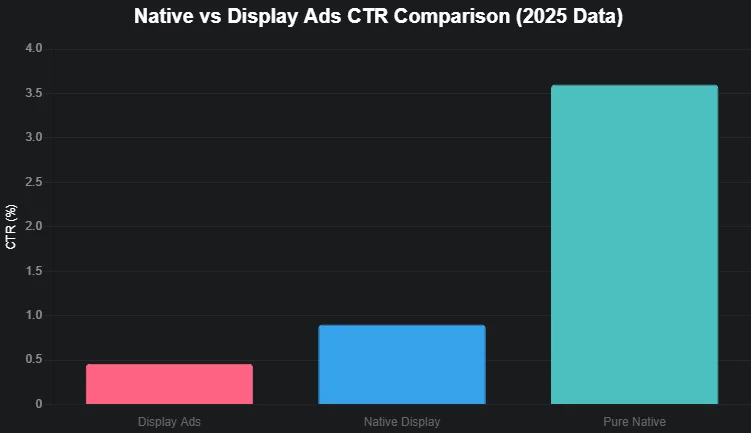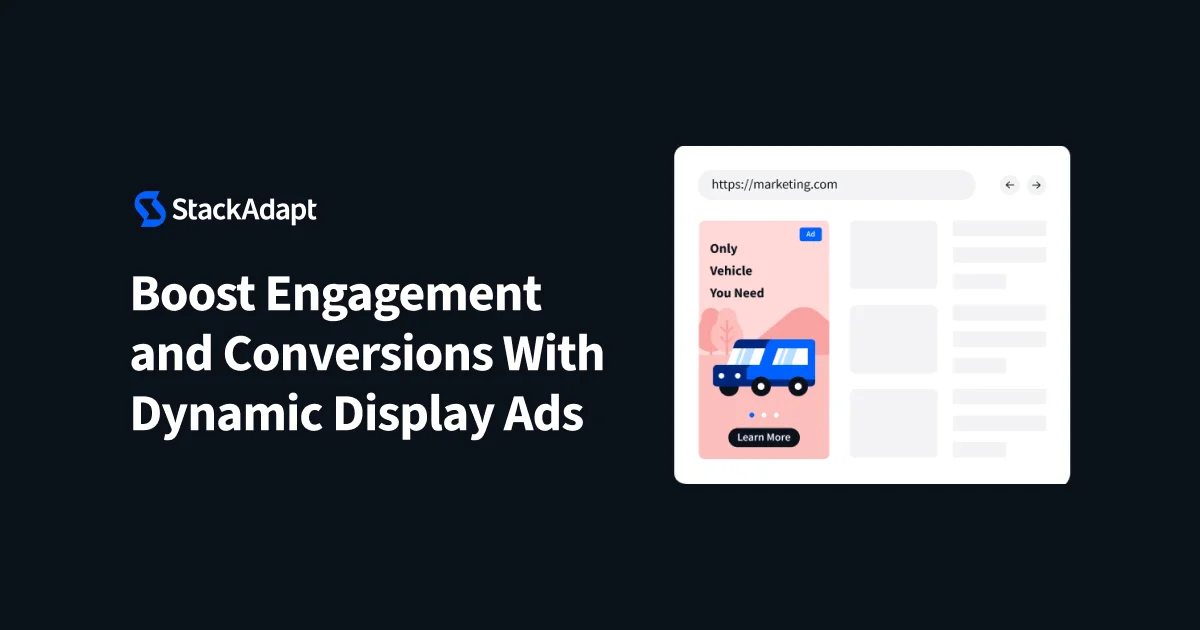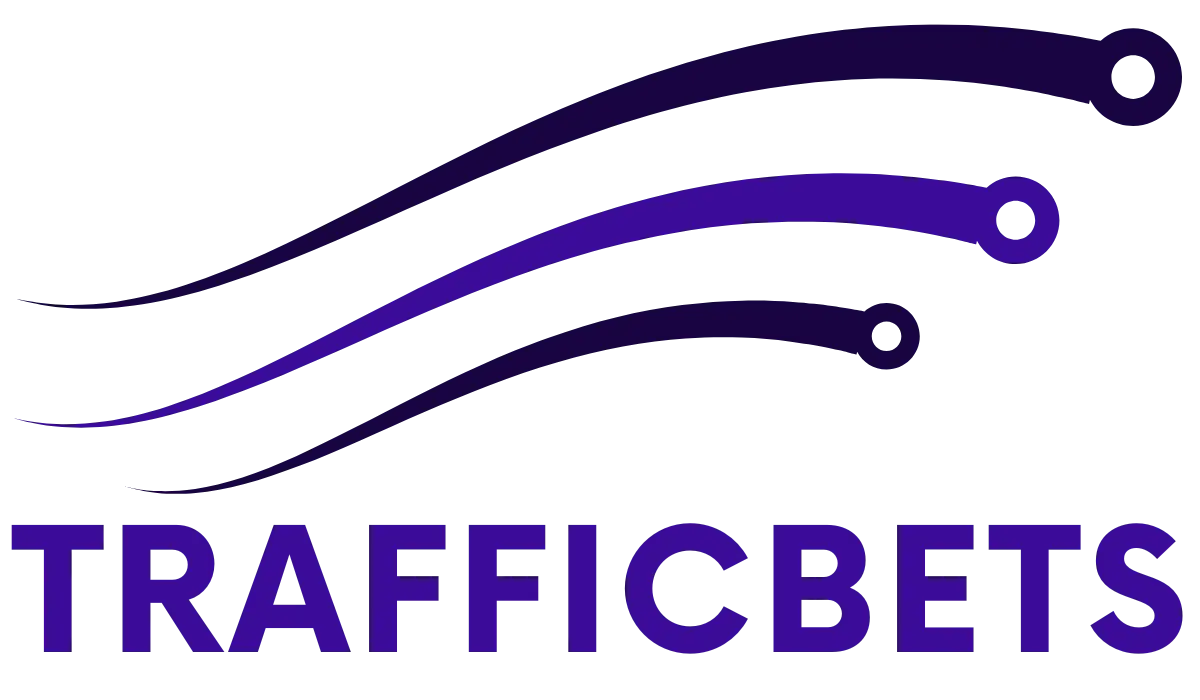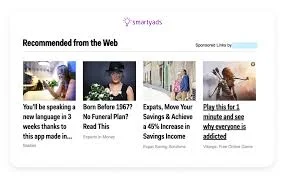In the competitive world of digital advertising, choosing between native vs display ads can make or break your campaign’s success. Native ads blend seamlessly with content for higher engagement, while display ads (often called banner ads) prioritize visual impact and broad reach. But which ad network gives better results? This in-depth guide breaks down native ads vs display ads examples, performance metrics like CTR and revenue, and top platforms—including StackAdapt display ads—to help you decide based on real 2025 data.
What Are Native Ads?
Native ads are paid promotions designed to match the look, feel, and function of the platform they’re on, making them less intrusive and more engaging. Unlike traditional banners, they appear as recommended content, sponsored posts, or in-feed units, fostering trust and higher interaction.
Key Benefits of Native Ads
- Higher Engagement: Users view native ads 53% more often than display ads.
- Better User Experience: They don’t disrupt browsing, reducing bounce rates.
- Versatile Formats: In-feed, recommendation widgets, or social feeds.
Native Ads Example
Imagine scrolling a news site and seeing a “Sponsored” story titled “10 Tips for Boosting Your Business Revenue” that looks just like editorial content. Here’s a real-world native ads example:
What Are Display Ads?
Display ads are visual banners, images, or rich media placed on websites, apps, or networks like Google Display Network. They use eye-catching graphics to drive awareness and clicks, often via CPM (cost per mille) or CPC (cost per click) models.
Types of Display Ads
- Banner Ads: Standard rectangles or leaderboards.
- Rich Media: Interactive elements like carousels.
- Native Display Ads: A hybrid—display formats that adapt to site aesthetics for better blending.
What Is Native Display Resolution?
Native display ads resolve the “banner blindness” issue by matching the site’s design and native display resolution (optimal image quality for seamless scaling, typically 300×250 or responsive). They outperform standard banners with 8.8x higher CTRs (0.8-1% vs. 0.1%).
Native Display Ads Example
Check this native display ads example where banners mimic content cards:
Native vs. Display Ads: Head-to-Head Comparison
Native ads vs display ads examples show stark differences in performance. Here’s a breakdown:
| Metric | Native Ads | Display Ads |
|---|---|---|
| Average CTR | 0.8-4% (9x higher) | 0.35-0.46% |
| Engagement | 60% more views | Prone to ad blockers |
| Conversion Rates | 18% higher purchase intent | Strong for retargeting |
| Best For | Brand trust, storytelling | Awareness, reach |
Visual Comparison:

Native Ads vs Banner Ads Revenue: Native formats generate higher eCPM ($10+ vs. $1 for banners) due to superior CTRs and lower ad fatigue. In tests, native campaigns yielded 2-3x more revenue per 1,000 impressions.
StackAdapt Display Ads: A Top Performer
For display, StackAdapt display ads shine in programmatic buying. Users praise its user-friendly dashboard, AI optimization, and consistent ROI—even for mid-market budgets. Here’s a platform peek:

Ad Policies and Responsible Advertising
Responsible advertising ensures transparency. Always label native ads as “Sponsored” to comply with FTC guidelines. Avoid misleading claims, respect user privacy (GDPR/CCPA), and prioritize quality over quantity to build long-term trust.
Most Trusted Ad Platforms
- StackAdapt: #1 DSP for display ads—user-friendly, high-performance programmatic platform.
- Taboola: Leading native ad network for publishers, driving billions in revenue.
- Outbrain: Reliable native platform with premium content discovery.
FAQs
1. Native vs display ads: which ad network gives better results? Native often wins for engagement (higher CTR), but display excels in reach. Test via A/B for your niche.
2. What are native ads vs display ads examples? Native: In-feed recommendations. Display: Side banners.
3. Native display ads example? Blended banners like content cards—see above image.
4. Native ads vs banner ads revenue? Native: 2-10x higher eCPM due to engagement.
5. Best for 2025? Hybrid: Use StackAdapt for display, Taboola for native.
6. What is native display resolution? High-res images (e.g., 1200×628) that scale perfectly without distortion.
Conclusion
Native ads edge out for better results in engagement and revenue, but display ads via networks like StackAdapt dominate reach. The winner? Your goals—brand awareness favors display; conversions, native. Start small, track metrics, and scale winners.
For expert ad strategies and traffic optimization, visit TrafficBets.com.



